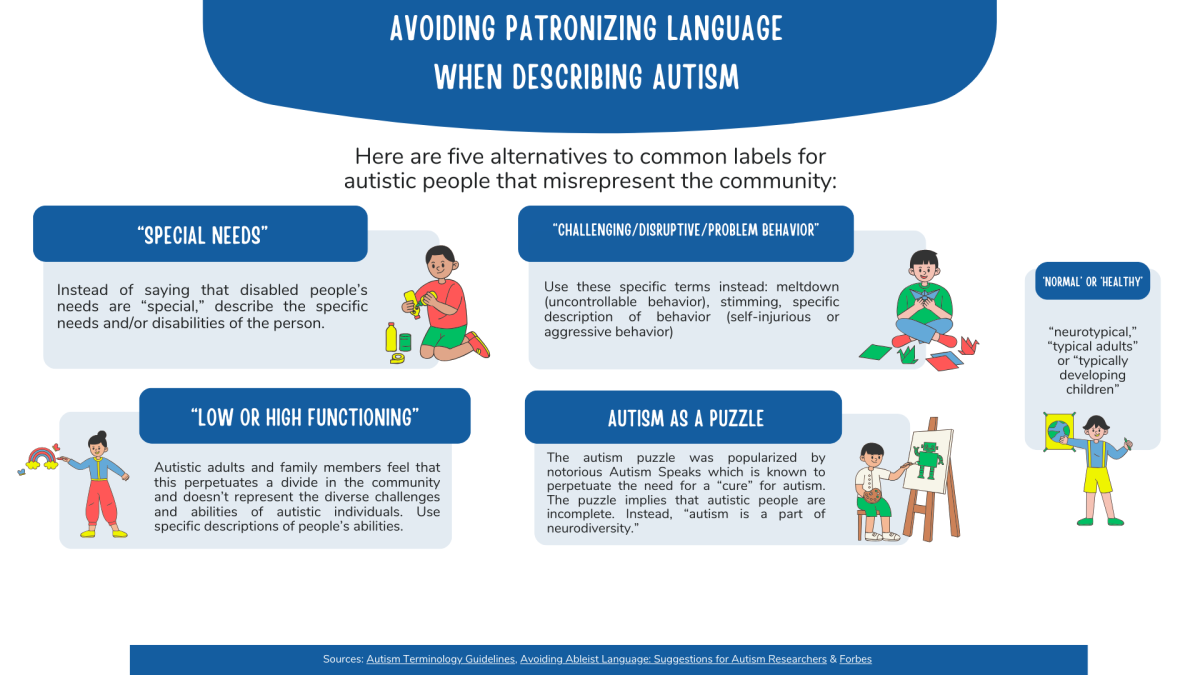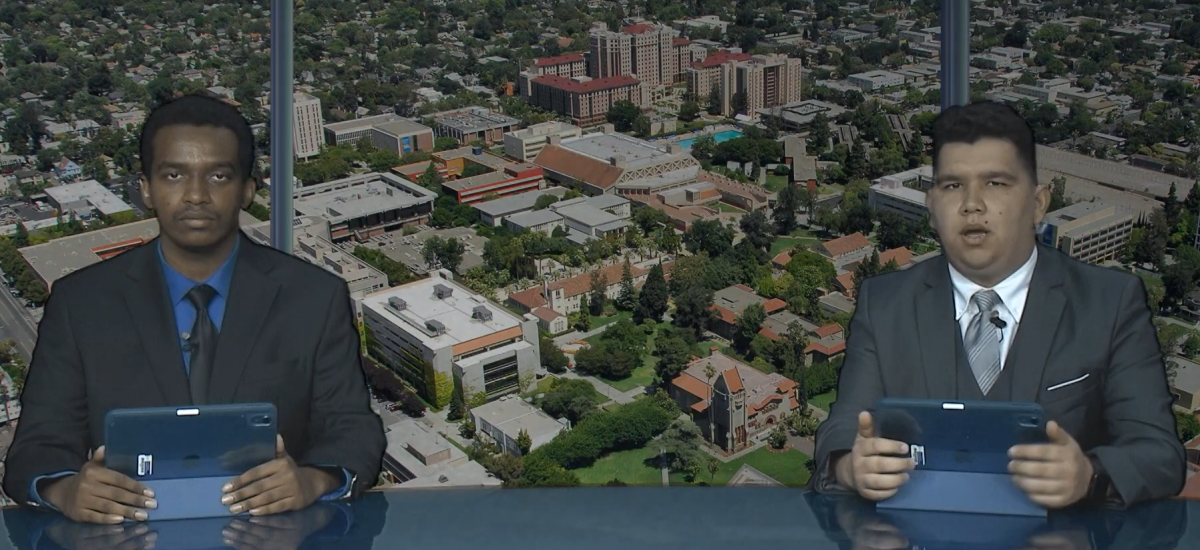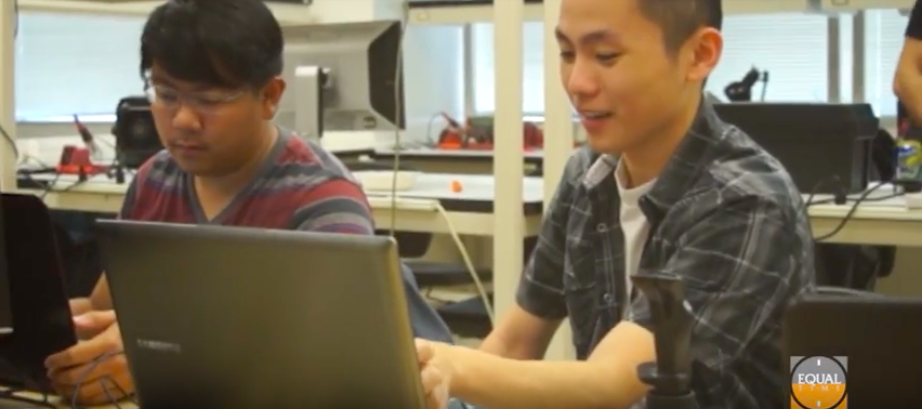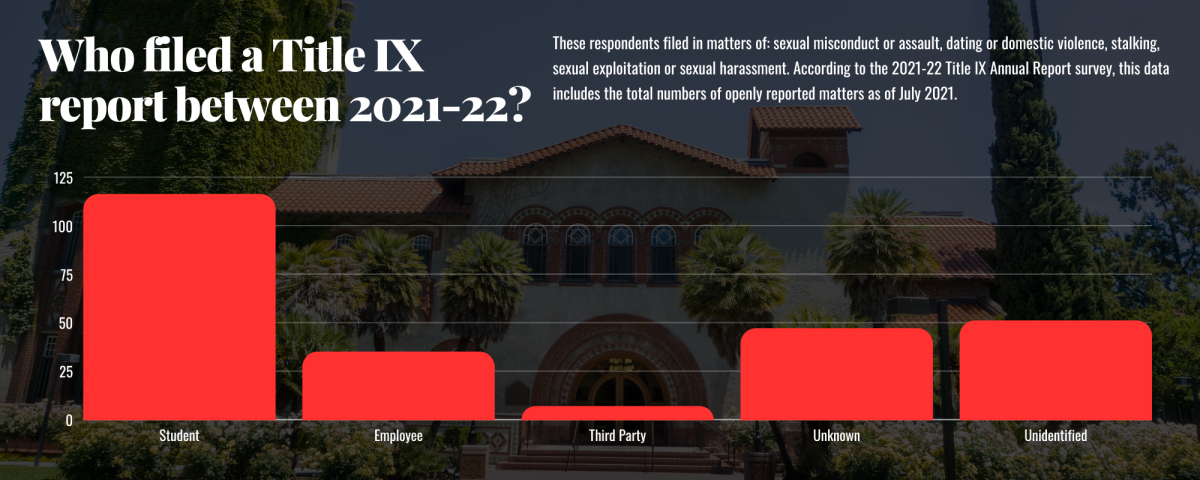The U.S. Department of Education’s Office for Civil Rights introduced new Title IX regulations.
Department officials issued a Notice of Proposed Rulemaking, which was announced in June 2022 and is in its final stages of review, where public comments on the proposed changes are considered before finalization.
Peter Lim, interim Title IX and Gender Equity Officer at San Jose State University, said the regulations will likely be finalized in May 2023.
According to the department’s Federal Register Notices and Regulations webpage, a Title IX Notice of Proposed Rulemaking is meant to notify the public of any new regulations that will add clarifications or changes to existing policies. It also includes specifications on procedures and requirements for schools’ responses to sexual harassment and sexual violence.
Lim said the goal of the Department of Education in implementing these new regulations will be “to remove barriers [. . .] to promote education programs or activities and to respond adequately to sex and gender based discrimination and harassment.”
Lim said some of the most significant changes to Title IX proposed in the Notice of Proposed Rulemaking are prohibiting of all forms of sex discrimination as well as an updated definition of sex-based harassment with guidelines for how to combat it.
A summary of the proposed changes was released on June 23, 2022 and stated that, “the current regulations cover sexual harassment but do not address other forms of sex-based harassment,” such as harassment based on sexual orientation and gender identity.
The updated definition of sex-based harassment is listed in the summary document and would include sexual harassment, with the additions of “harassment based on sex stereotypes, sex characteristics, pregnancy or related conditions, sexual orientation, and gender identity.”
The new regulations will feature bolstered protections for transgender and gender-nonconforming students.
Lim said instances of sex-based harassment like those included in the new definition are rarely reported at SJSU.
“I don’t think that’s because we’re not experiencing, as a campus, discrimination or harassment based on sexual orientation, gender identity or gender expression,” Lim said. “People aren’t reporting to our office which means, for me, that we need to do more work to inform individuals that this is a safe place to share reports.”
Lim said the staff at the Title IX office has implemented multiple practices in an attempt to increase their presence in the campus community and make themselves more approachable.
Two such practices are tabling at campus events and increasing the number of live Title IX training sessions.
According to one report on the Title IX office’s presence on campus, data showed that fall 2021 saw six live trainings and zero tabling events.
The same report showed that one year later, these numbers increased, with the Title IX office tabling five times throughout the fall semester and hosting 42 live events.
Lim said another way he and his team have worked to make their services more accessible is by redesigning the Title IX and Gender Equity Office website.
Currently, the first links users see when navigating the site include ways for victims of harassment or discrimination to get help and information on the office’s confidentiality policy.
“We need to appreciate that when people experience harm, regardless of their sexual orientation, gender identity or gender expression, the first place they may go is to our website – that they may not be ready to have an in-person conversation,” Lim said.
The regulations proposed in the Notice of Proposed Rulemaking are not the only efforts towards trans and gender-nonconforming visibility and representation at SJSU.
Bonnie Sugiyama, SJSU PRIDE Center and Gender Equity Center director, said two important practices are that of allowing graduating students to put their chosen names on their diplomas and allowing students to update their preferred names in the MySJSU system.
The latter practice is one that Gwynevere Pham, a transgender student at SJSU, said she has taken advantage of.
Pham ensured that her chosen name, which she recently made her legal name, would be used on roll sheets and other school documents.
Pham, an electrical engineering junior, said she has appreciated the options SJSU offers to trans students to avoid their deadnames and she has felt generally safe and comfortable as a trans student on campus.
A deadname is a transgender person’s birth name with which they no longer identify after transitioning, according to Merriam-Webster dictionary.
“I do like the options that you have,” Pham said. “If you haven’t legally transitioned yet then you will have your deadname in the records but there’s ways to circumvent that.”
Pham said the PRIDE Center provides a safe space for LGBTQ+ students to spend time, access resources and feel another source of welcoming energy on campus.
While Pham’s experience has been largely positive, she and Sugiyama each said there are always ways for SJSU to improve.
Sugiyama, who said their preferred pronouns are they/she, said they wished the school did a better job of enforcing the use of students’ preferred pronouns and chosen names.
“Pronouns are not an optional thing to use or not use in a classroom,” Sugiyama said. “Some faculty like to hide behind academic freedom and it’s like, ‘No, that’s not how it works,’ [. . .] you are required by law to respect their gender identity in the state of California.”
Students are able to enter their preferred pronouns in their MySJSU accounts, but there are no regulations requiring professors or other faculty and staff to learn or use these pronouns.
“I have one professor that I wouldn’t say that he’s doing it out of malice but [. . .] he kinda just goes around misgendering me,” Pham said. “It’s fine, I’m going to leave that to he’s misinformed or something.”
Any trans or gender-nonconforming students who feel they may have experienced sex-based discrimination or harassment can go to the Title IX and Gender Equity Office website for instructions on report or otherwise access resources.






































